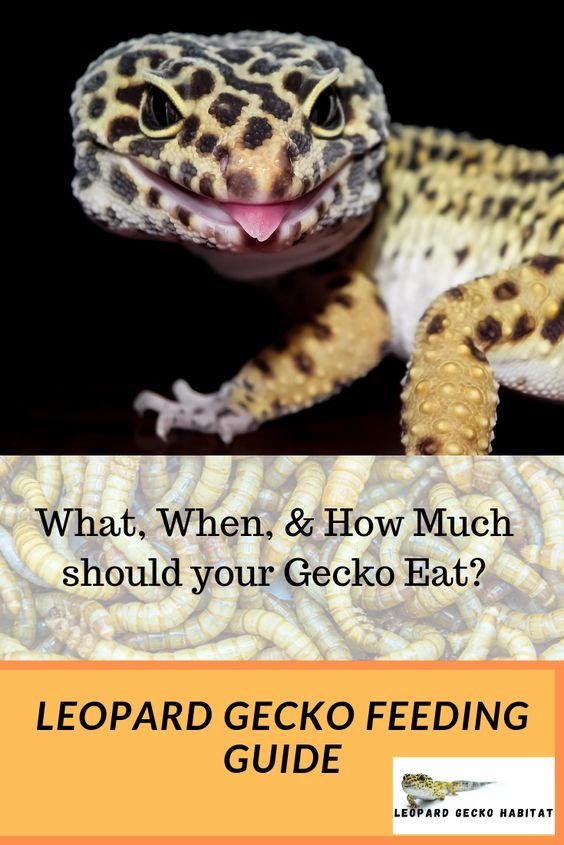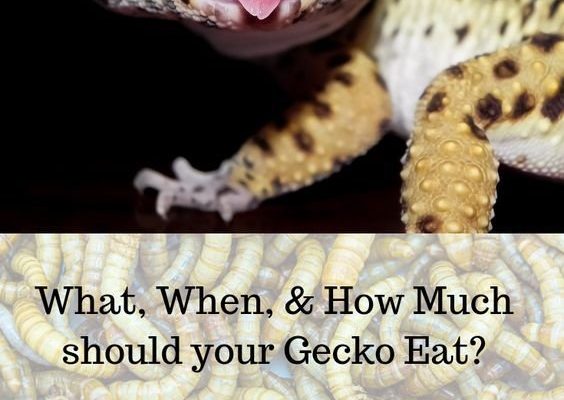
Now, before you embrace your inner gecko gourmet, let’s take a deep dive into what these fascinating reptiles can munch on, how to create the perfect feeding schedule, and some tips to keep them healthy and happy. Think of it like curating a high-end menu specifically designed for your scaled companion.
Understanding Leopard Gecko Diet Basics
Leopard geckos are carnivorous, which means their diet primarily includes insects. In the wild, they feast on a variety of critters, from crickets to mealworms. When you bring one home, it’s your responsibility to mimic that natural diet as closely as possible. They thrive on a mix of protein, fat, and vitamins, rotating through different types of prey helps ensure they get a balanced diet.
Honestly, it’s pretty fascinating how much of a role diet plays in their overall health. A well-fed gecko is more likely to be active, vibrant, and live a longer life. So, what should you be providing? Some common staples include:
- Crickets
- Mealworms
- Superworms
- Dubia roaches
- Waxworms (as an occasional treat)
Each of these insects offers unique benefits. Crickets are a great source of protein, while mealworms are higher in fat, making them perfect for those moments when your gecko needs a little boost in energy.
Feeding Schedule: How Often Should You Feed Your Leopard Gecko?
You might be wondering, “So how often should I be feeding these little guys?” The frequency of feeding your leopard gecko will depend on their age and size. Baby geckos typically require more frequent meals than adults, who can go longer between feedings.
For hatchlings and juveniles, a good rule of thumb is to feed them daily. They’re growing, which means they need a lot of protein to support that growth spurt. As they mature into adults (around 6 months old), you can shift to feeding them every other day or three times a week.
Here’s a quick breakdown:
- Hatchlings (up to 6 months old): Daily feeding
- Juveniles (6 months to 1 year): Every other day
- Adults (over 1 year): 2-3 times a week
Let’s be real—if you forget to feed them here and there, they’ll likely be fine. But a consistent schedule helps maintain their health and happiness.
Choosing the Right Insects for Your Leopard Gecko
Not all insects are created equal when it comes to feeding your leopard gecko. You’ll want to choose insects that are not only nutritious but also the right size for your gecko. An insect that’s too big can lead to choking or digestive issues. It’s similar to a toddler trying to swallow a whole apple instead of slices!
Here are some considerations when selecting insects:
- Size matters: Make sure the insects are no bigger than the space between your gecko’s eyes.
- Variety is key: Rotate different types of insects to provide a range of nutrients.
- Live vs. pre-packaged: Live insects are often more nutritious, but pre-packaged options can be convenient. Just ensure they’re high quality.
If you ever feel stuck on what to feed, visiting a local pet store can give you a hands-on feel for the variety available. And believe me, your gecko will appreciate the effort!
Supplements: Giving Your Leopard Gecko a Nutritional Boost
While a balanced diet of insects is crucial, it’s also a good idea to sprinkle in some supplements to ensure your leopard gecko gets all the necessary vitamins and minerals. Think of it like adding a bit of spice to an already delicious dish—it enhances everything!
Calcium and vitamin D3 are particularly important. Calcium supports bone health, while vitamin D3 helps with calcium absorption. You can dust your gecko’s insects with these supplements before feeding them. Here’s how:
- Dust the insects with calcium powder at every feeding.
- Use a vitamin supplement once a week.
These supplements help prevent common issues, like metabolic bone disease, which can arise from a calcium deficiency. Taking a few moments to add these to your routine can make a world of difference for your gecko’s health.
Hydration: Don’t Forget the Water!
While diet is super important, we can’t forget about hydration. Leopard geckos don’t drink water like we do; they often get moisture from their food. However, it’s still essential to provide a shallow dish of fresh water in their terrarium. Just like you wouldn’t want to run a marathon without water, your gecko needs to stay hydrated too!
Here are a few tips to ensure proper hydration:
- Change the water daily to keep it clean.
- Use a shallow dish to prevent drowning.
- Occasionally mist the enclosure to provide extra humidity, especially if you notice your gecko shedding.
So, make sure to check on their water dish regularly. It’s a simple task that helps keep them healthy and active.
Signs of a Healthy Gecko: What to Look For
As a proud gecko owner, you should know how to spot if your little buddy is thriving. Healthy leopard geckos tend to have bright, alert eyes, smooth skin, and a good appetite. It’s kind of like being a detective—you’ll want to pay attention to their daily habits and behaviors.
Here’s what a healthy gecko typically exhibits:
- Active behavior: They should be exploring their habitat and engaging with their environment.
- Good shedding: If they’re shedding properly, their skin will come off in one piece, rather than in patches.
- Healthy appetite: They should voraciously hunt down insects and show interest in food.
If you notice any changes in their eating habits or energy levels, it may be time to consult a vet. Just like humans, geckos can face health issues, and early detection is key.
Common Feeding Mistakes to Avoid
Even seasoned lizard lovers can make mistakes. Here are a few common feeding missteps to watch out for:
- Overfeeding: It can be tempting to offer lots of treats, but too many can lead to obesity.
- Not rotating insects: Sticking to one type of insect can lead to nutritional deficiencies.
- Feeding insects that are too large: Always stick to the rule of size to avoid choking hazards.
Being aware of these pitfalls will help you become a better gecko parent and ensure your little buddy stays healthy.
In conclusion, caring for your leopard gecko’s diet is about more than just feeding—it involves creating a routine that allows them to thrive while enjoying a variety of foods. Keep their diet diverse, follow a consistent feeding schedule, and pay attention to their hydration needs. This way, you’ll foster a happy, healthy, and curious little lizard that’s a joy to have around. Enjoy your journey into the wonderful world of leopard geckos!

